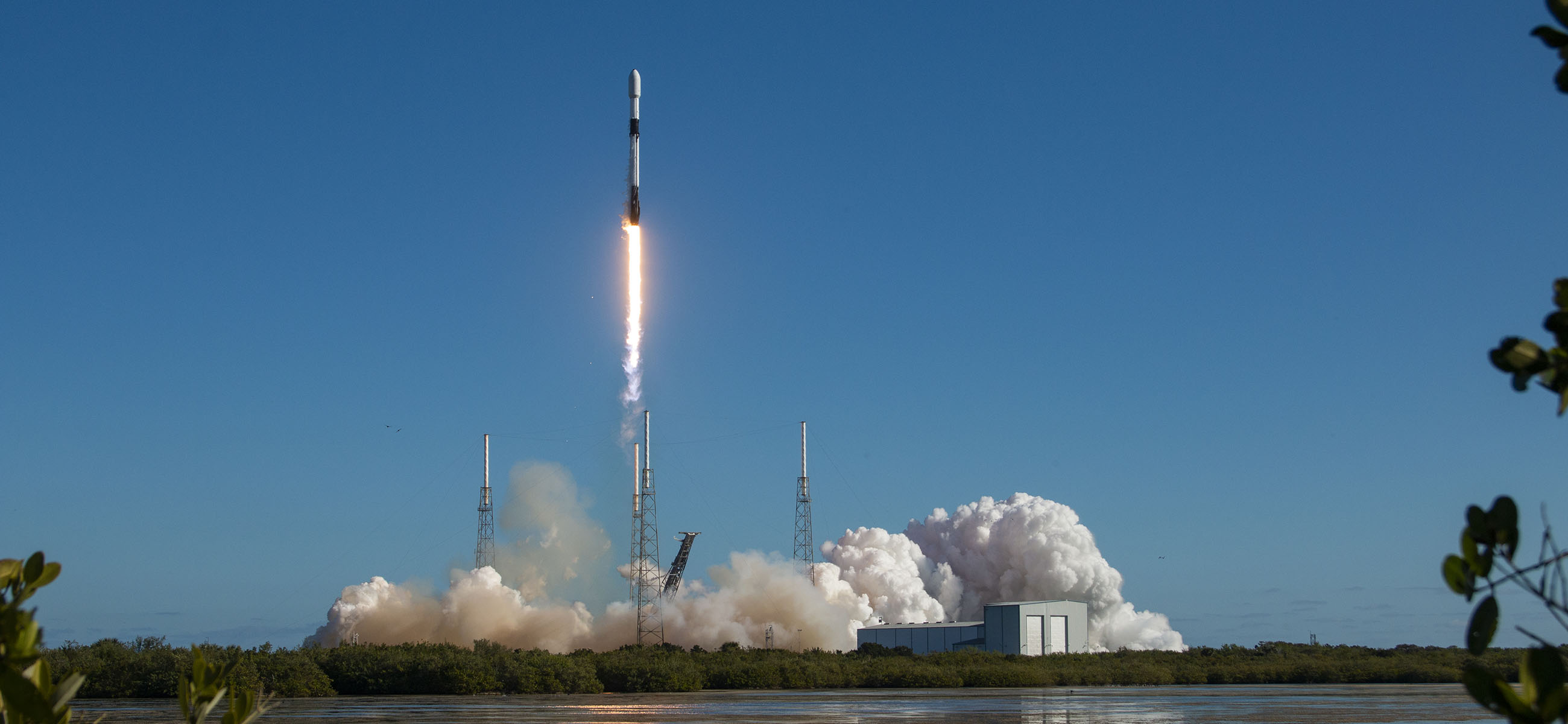NASA’s MURI instrument pioneers new ways to measure Earth’s surface temperature

SpaceX’s Transporter 6 launches MURI alongside 113 other satellites from Kennedy Space Center on January 3, 2023. MURI will help researchers learn more about everything from wildfires to marine ecosystems. (Image Credit: SpaceX)
01/07/2023 – A new NASA radiometer is now in low Earth orbit, paving the way for future satellite constellations dedicated to measuring infrared energy radiating from Earth’s surface.
Developed at Leonardo DRS with support from NASA’s Earth Science Technology Office, the Multiband Uncooled Radiometer Imager (MURI) instrument was launched by the SpaceX Transporter 6 on Tuesday, January 3, as one of several hosted payloads within Loft Orbital’s YAM5 washing machine-sized satellite.
MURI will test a new technique for measuring Earth’s surface temperature from space using a two-band longwave infrared (10.8um and 12.0um) radiometric imager that utilizes an uncooled focal plane array.
Focal plane arrays typically require bulky, heavy cryogenic coolers. Without those coolers, the MURI instrument is much smaller, lighter, and less power-hungry than traditional radiometers.
Weighing just three pounds, MURI will be capable of gathering infrared data with high precision. During laboratory and airborne testing, MURI gathered infrared data with absolute radiometric accuracy of < 1%, which is considered world class for long wave infrared radiometers.
Thermal infrared data describing Earth’s surface temperature is critical for learning more about a host of complex Earth systems, from wildfires to marine ecosystems.
On orbit operations are planned for at least six months, during which MURI will generate data and imagery that can be compared to Landsat’s Thermal Infrared Sensor.
Funding for MURI came from NASA ESTO’s Instrument Incubator Program (IIP).
Gage Taylor, NASA Earth Science Technology Office